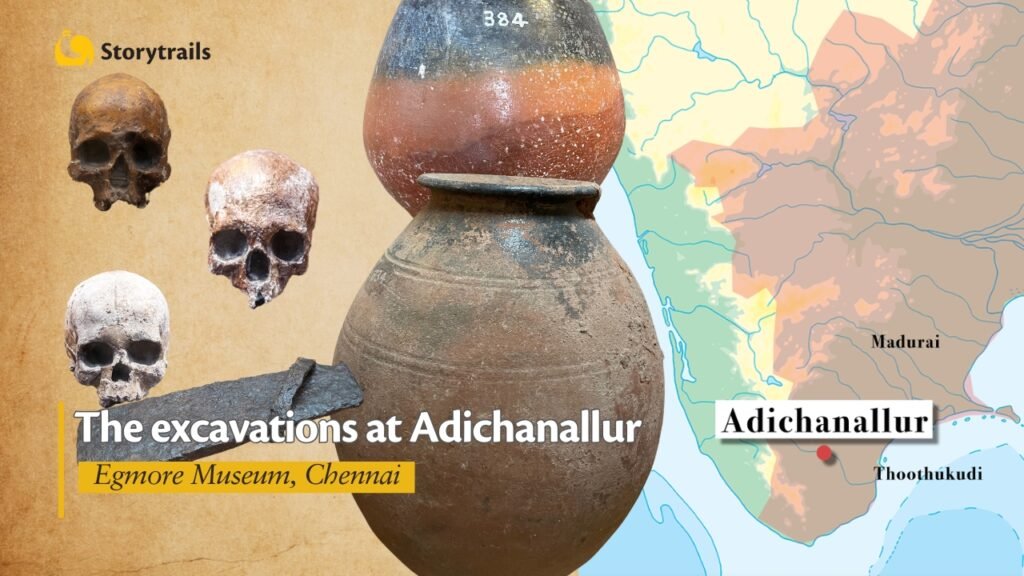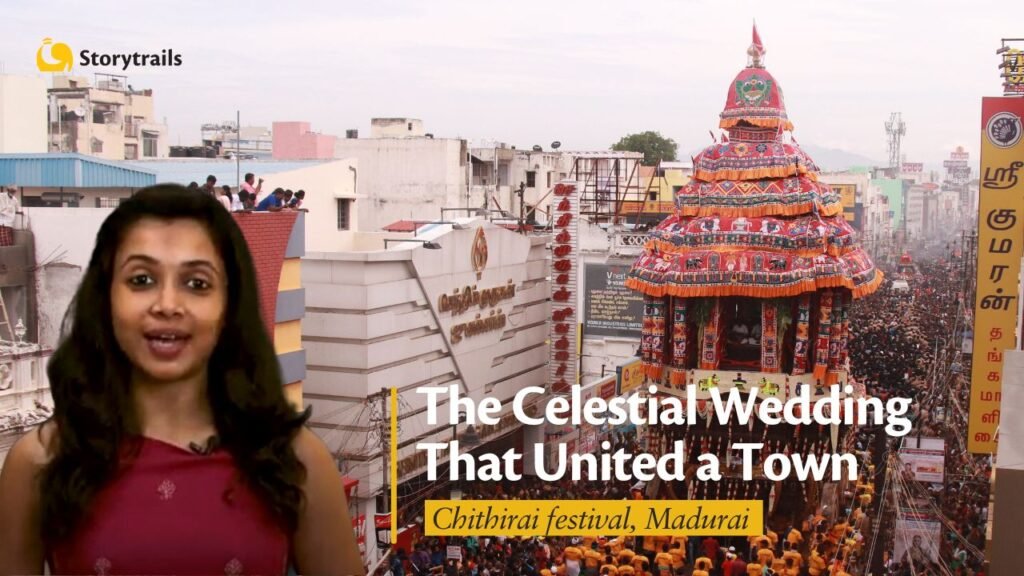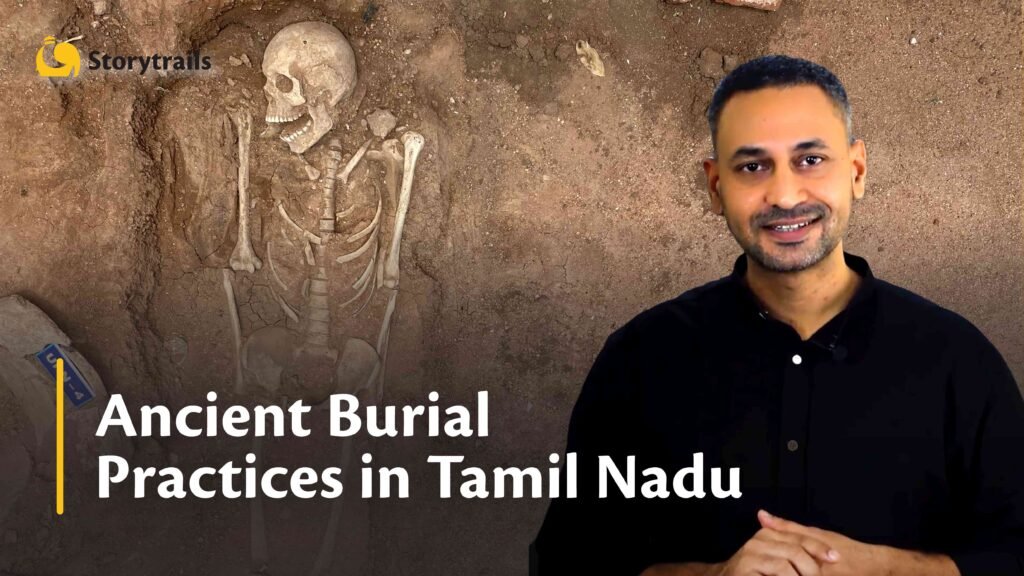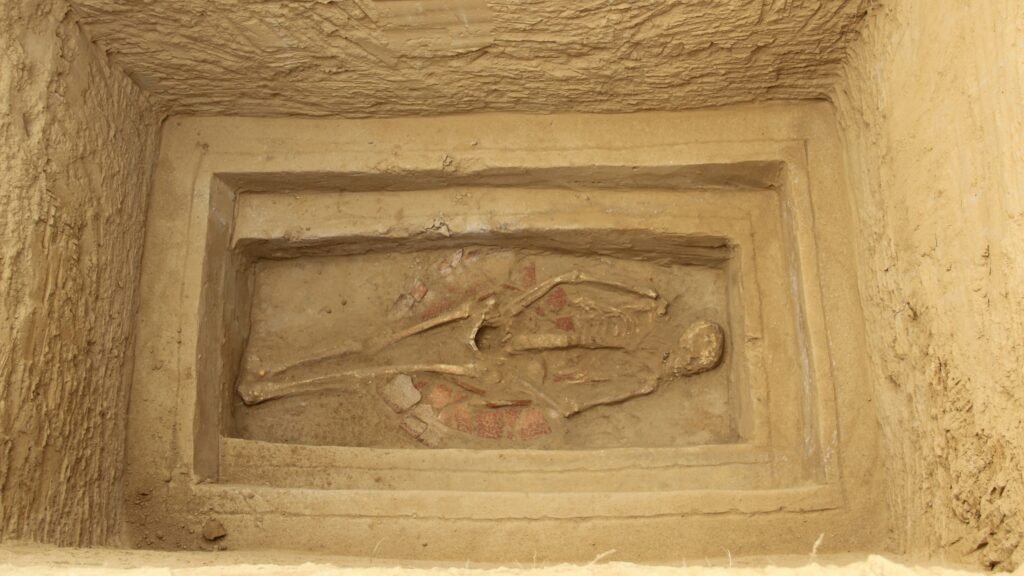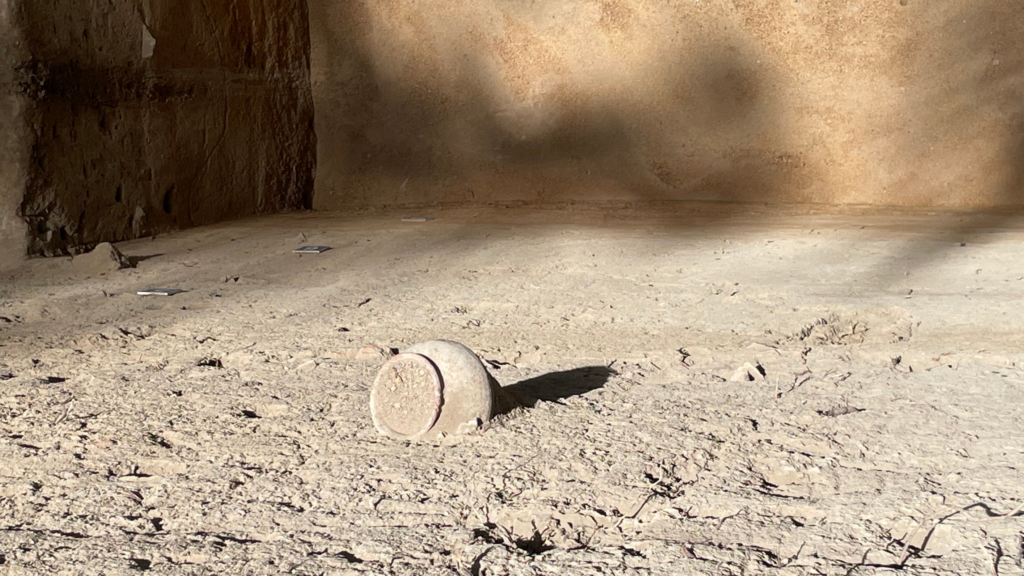They traded in beads, sported with humped bulls and engraved their names in the wet mud of newly made pots. They used weighing units and terracotta seals, indicative of well regulated trade practices. And they lived around the year 580 BCE in the Vaigai river valley. Their story is still unfolding. The ongoing excavations at Keeladi are unearthing new and exciting information about this highly advanced civilization. The excavations throw up many questions as well.
How do archaeologists know where to dig? Does Keeladi suggest the beginning of urbanization in South India? Did this society have any links with the Indus valley civilization? Do ancient South Indian scripts have any connection with the Indus valley script?
Join us on the Storytrails podcast, and listen in as we put these questions to Dr Rajan, a noted archaeologist who led many of these excavations.




